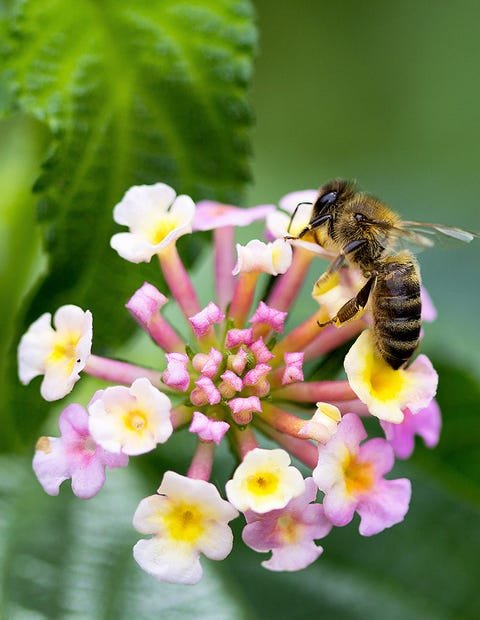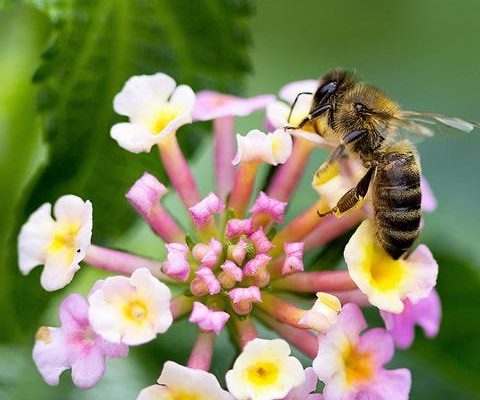
Let’s chat about which flowers and plants are the best for attracting bees. If you’re new to gardening or just want to help the local bee population, you’re in the right place. Here, we’ll dive into some fantastic options that are not only bee-friendly but also bring beauty to your outdoor space.
Why Bees Matter
You might be wondering, why focus on attracting bees? Well, bees are essential for pollination, which helps many plants reproduce. In fact, about one-third of the food we eat depends on pollinators like bees. Without them, our gardens and orchards would look pretty bare, and our plate of fruits and veggies would shrink significantly.
Bees also support biodiversity. By pollinating wildflowers and other plants, they help maintain the balance of ecosystems. So, when you create a bee-friendly garden, you’re not just helping the buzzing buddies; you’re supporting the environment as a whole. Imagine giving back to nature while enjoying a flourishing garden—that’s a win-win!
Choosing the Right Flowers
Selecting the right flowers is key to attracting bees. They’re drawn to brightly colored blooms, especially blue, purple, and yellow. Look for flowers that have open shapes and plenty of nectar. Each flower type offers different kinds of nectar and scents, making them appealing to various bee species.
Here are some great options to consider:
- Lavender: This aromatic favorite not only smells fantastic but also attracts honeybees and bumblebees alike. Its long blooming season means bees will keep coming back for more!
- Echinacea (Coneflower): With its tall, showy petals, this flower is a beacon for pollinators. Plus, Echinacea is a perennial, so it’ll come back year after year.
- Sunflowers: These cheerful flowers are hard to miss. Their large blooms provide both nectar and pollen, making them a perfect pit stop for bees.
Herbs That Attract Bees
Most people think of flowers when considering plants for bees, but don’t overlook herbs! Many herbs are not only useful in the kitchen but also great for attracting bees. It’s like hitting two birds with one stone!
Try planting herbs like:
- Basil: This popular herb doesn’t just spice up your pasta; its tiny flowers attract bees beautifully. Just let a few plants go to flower, and you’ll see the buzz!
- Thyme: Another culinary staple, flowering thyme is a reliable bee magnet. The small purple flowers offer a lovely treat for this tiny worker.
- Mint: Be cautious though, mint can spread like wildfire in your garden. But when it blooms, it’s a favorite hangout for pollinators.
Flowers for Different Seasons
To keep bees happy all year round, consider planting flowers that bloom in different seasons. This way, you provide a continuous food source for them.
Here’s a seasonal breakdown:
- Spring: Start with flowers like crocuses and hyacinths. They wake up from their winter sleep and offer early nectar.
- Summer: Go for sunflowers and lavender. They thrive in the summer sun and are major crowd-pleasers for bees.
- Fall: Asters and goldenrods bloom just in time to help bees prepare for winter. They’re a late-season treat!
Native Plants and Their Benefits
Another great option is to use native plants that are well adapted to your local climate. Native plants provide a familiar source of food for local bee populations and are often more resilient. Plus, they’re easier to maintain!
For instance, if you’re in the United States, consider:
- Black-eyed Susan: This cheerful flower is a favorite among many bee species.
- Bee Balm: With a name like that, it’s no surprise it draws in bees with its aromatic flowers!
Native plants also require less water and fertilizer, so they’re better for the environment. It’s like giving your garden a boost while doing good for your community.
The Importance of Plant Variety
Planting a variety of flowers and plants is beneficial for attracting different bee species. Just like people, bees have preferences! Some like shallow flowers, while others prefer deeper ones. By offering a mix, you create a banquet of choices.
For example, consider combining tall flowers, like hollyhocks, with ground-cover plants like clover. Not only does this make your garden visually appealing, but it also creates a diverse habitat for local pollinators.
Think of it as a buffet: the more choices, the better! And with this approach, you’re more likely to support a broader range of bee species.
Creating a Bee-Friendly Environment
Besides planting the right flowers and herbs, there are other ways to create a comfortable space for bees. Here are a few ideas:
- Provide Water: Bees need water, too! A shallow birdbath or a small bowl with rocks can provide a safe drinking spot.
- Avoid Pesticides: Chemicals can harm bees, so consider using natural methods to fend off pests instead.
- Leave Some Wild Areas: Not all areas of your garden need to be manicured. Leaving a little wild space can attract more native bees.
By making simple changes, you’ll create a haven that supports bee populations and encourages healthy pollination in your garden.
Final Thoughts
Attracting bees to your garden is a meaningful way to support the environment while enjoying beautiful, vibrant blooms. Flowers and plants like lavender, sunflowers, and Echinacea are all excellent choices for keeping these busy pollinators happy.
By planting a mix of flowers and herbs throughout the seasons, embracing native plants, and creating a welcoming environment, your garden can thrive and buzz with life. It’s a little bit of effort for a whole lot of joy—both for you and your new bee friends! So grab those seeds, roll up your sleeves, and let’s get planting!

